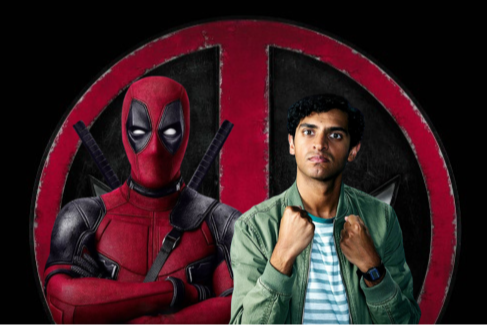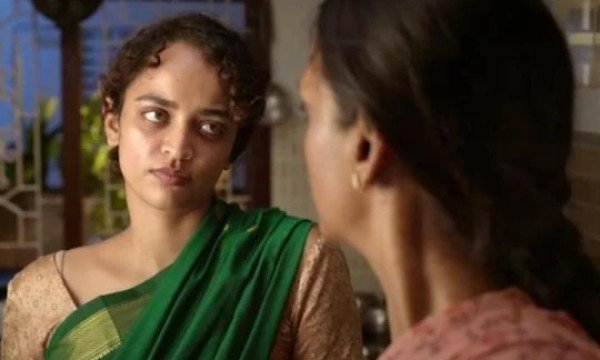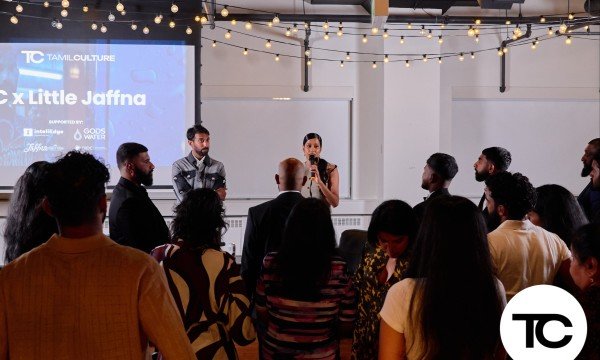
Both Deadpool 1 and 2 feature Dopinder, the passive cab driver who Deadpool meets on his way to one of his many revenge sprees. Dopinder features all the elements of the ever-present and condescending “Indian nerd” character. He is unconfident, can’t get a girl, sports a thick accent, looks to a strong white character for guidance, and is passive enough to accept that Deadpool won’t be paying for his ride. In 2024’s Deadpool & Wolverine, however, we meet a very different Dopinder. He looks more clean-cut and has on some nice clothes; but most interesting of all is that his once-thick, unmistakable Indian accent is gone.
Discover meaningful connections at myTamilDate!
Meet people who share your interests, values, and that undeniable spark who are also looking for a meaningful match. Whether they're around the corner or across the globe, we'll help you find your match.
How is that possible? Accents don’t just go away, especially for an adult with such a strong one to begin with. Why would the producers make a conscious decision to take away the accent? It might be surprising to some that Karan Soni, the actor who portrays Dopinder, actually has an American accent. So what’s going on?
In Hollywood, being brown isn’t sexy. It’s the furthest thing from it, actually. Being a cab driver is also not typically portrayed as a cool profession, and is often a common method for movies to sprinkle in some diversity with a brown or black driver. When we meet Dopinder for the first time, he is a “good immigrant.” He doesn't cause trouble and keeps his head down, only bringing it up to occasionally wobble it in acceptance of Deadpool’s comments. He laments the loss of his one true love to his best friend, and looks to Deadpool (the tough white “alpha”) for advice on how to change his life. For such a timid “beta-male”, an Indian accent fits perfectly. The ever-present stereotype of Indian men as bumbling, unconfident fools who need to be taught basic life skills by more competent white men is personified in Dopinder, something clearly not lost on Hollywood producers.
In the second movie, Dopinder is Deadpool’s eager assassin-in-training and has supposedly gotten rid of his romantic rival, rising slightly up the alpha sliding-scale. However, he continues to allow himself to be talked down to and pushed around, eager to prove his worth to “Pool Sir”.
But in the third film, Dopinder is a certified superhero’s best buddy. We see him at Deadpool’s apartment, showing he has clearly levelled up on the alpha-meter. This levelling up creates a problem: Deadpool is a tough guy, no doubt, requiring him to be around other men of equal stature and killer instinct. In the company of Wolverine, Negasonic Teenage Warhead and Colossus, a timid and squeamish Dopinder doesn’t fit the vibe. In order to make the geeky brown man more “superhero-like,” the producers needed to conform Dopinder to the fellow heroes around him. By removing his accent, Dopinder becomes slightly more believable as belonging in the ranks of heroes and more palatable as a strong character, rather than the wimpy sidekick his accent would otherwise relegate him to.
Unfortunately (and obviously), this perpetuates the idea that to be tough, sexy and “cool”, you can’t be brown. I have written before about the popular movie trope of brown men being incapable of getting through even the most basic life struggles without the support and guidance of a white mentor; Deadpool & Wolverine takes this insult a step further by giving Dopinder an accent in the first two films and then removing it in the third, very literally indicating that having finally earned “certified badass” status, Dopinder has also earned the privilege of an American accent, but must shed his Indianness in return.
Yes, it’s a movie. It’s a comedy too, so stereotypes and satire are a part of the game. If Dopinder had his accent throughout all the films, then I would probably just shrug it off as another lazy but funny presentation of brown men. But removing his accent in the latest film takes stereotyping a step further. It’s important to remember that everything you see in a movie is intentional. Everything. Absolutely every shot, angle, look, sniffle, gasp and reaction made on screen is produced and intentionally selected to be included in the final cut. A film made on a Hollywood set doesn’t have thumb-in-front-of-the-lens moments or accidental details; Karan Soni therefore, was instructed to speak with an accent in the first two films, and then told to speak normally in the third. It is a calculated decision that reflects Hollywood's ongoing struggle with authentic representation.


























